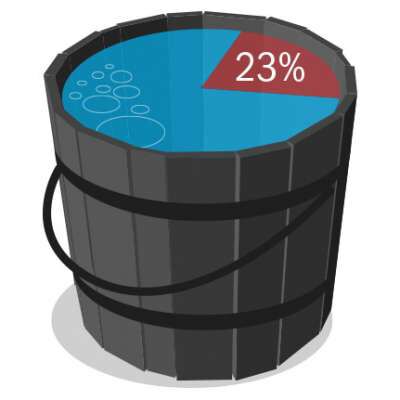How to check if well water is safe to drink
There are a few factors that may influence the drinkability of well water:
- Where is the well located?
- When was the well built?
- Is the well maintained regularly?
- Where does the well get water from?
By examining these factors, you can get an idea of whether your well water is clean. However, because this has major health implications — you should still test it to verify there are no contaminants that would make it unsafe to drink.
Factor #1: Where is the well located?
The location of your well has major implications on it’s safety, as there needs to be enough distance between the well and potential sources of contamination.
According to the CDC, wells should always be:
- 50 feet away from septic tanks, livestock yards, silos septic, and leach fields
- 100 feet away from petroleum tanks, liquid-tight manure storage, and pesticide and fertilizer storage
- 250 feet away from manure stacks
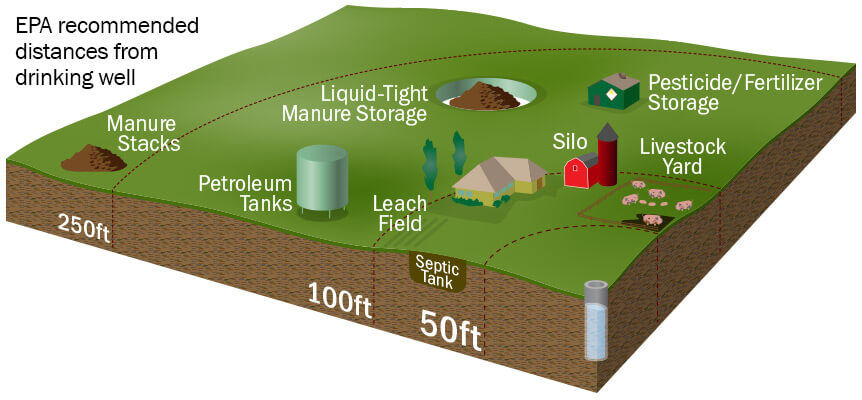
Factor #2: When was the well built?
Some wells can provide water for hundreds or thousands of years, while others will run dry after just a few years of use.
Regarding safety, newly constructed wells are likely safer because the water will have been tested more recently and they will utilize modern technology and safer materials for construction. By comparison, older wells may not have been tested as recently and are more likely to be built with harmful materials like lead.
Not specific to safety, but older wells that have been providing water for a long time may eventually start to run low on groundwater from the aquifer which can lead to a reduced flow rate. This won’t affect how clean the water is, but can cause an inconvenience and warrant the need to create a new well or switch to city-supplied tap water.
Factor #3: Is the well maintained regularly?
Maintenance is incredibly important for homeowners who rely on private wells, as they need to periodically test the water and maintain the equipment to ensure it’s safe for use. If you’re moving into a new home with a private well, talk with the previous homeowner about their testing and maintenance schedule.
The CDC recommends testing well water at least once a year to ensure no contaminants are present and that your well water system is working properly. However, if you notice anything unusual such as a change in taste, color, smell, or water flow rate — you should immediately have your well tested. Each state has well water programs that can help connect you with a qualified expert to test and maintain your well.
Factor #4: Where does the well get water from?
The location of the aquifer can impact water quality, so it’s important to consider where the aquifer is located (which can cover a large area of ground far away from the actual well). For reference, we’ve included these maps from the USGS showing which areas may be more likely to have contaminated groundwater.
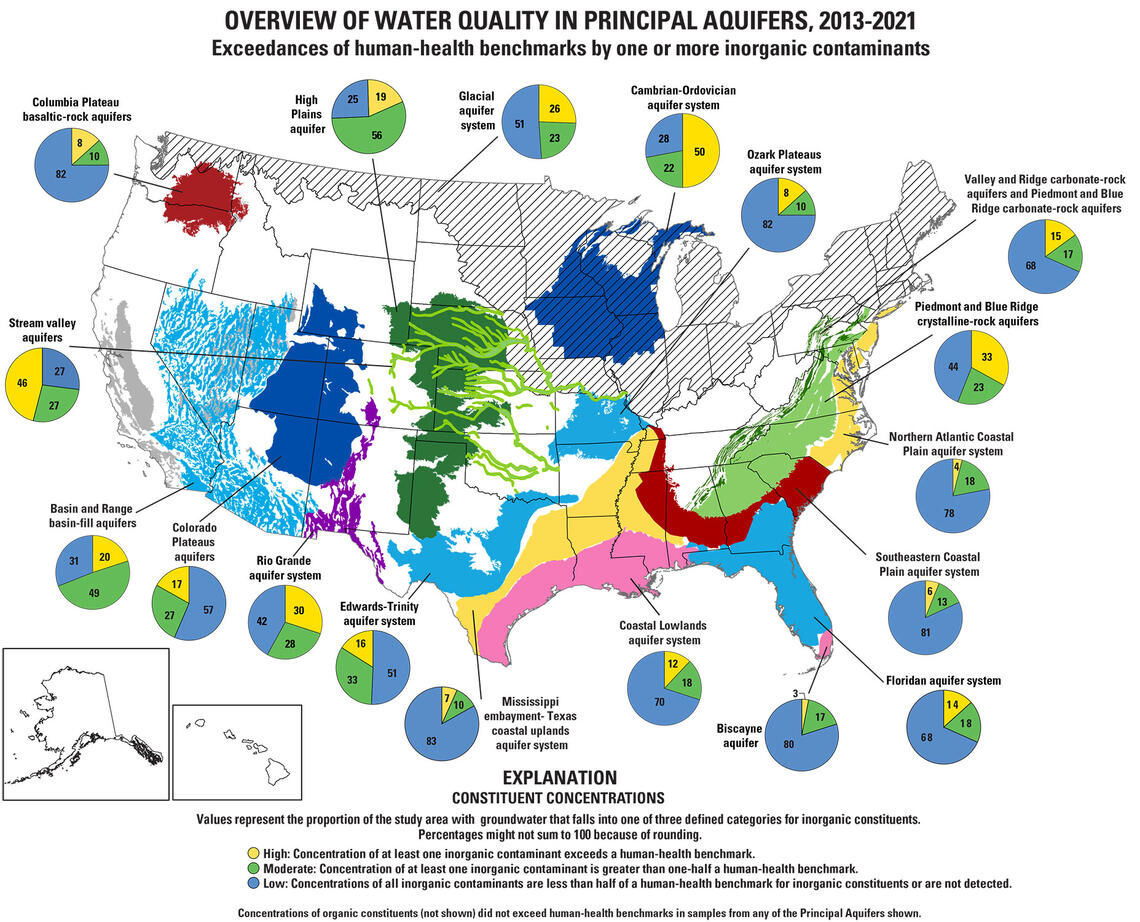
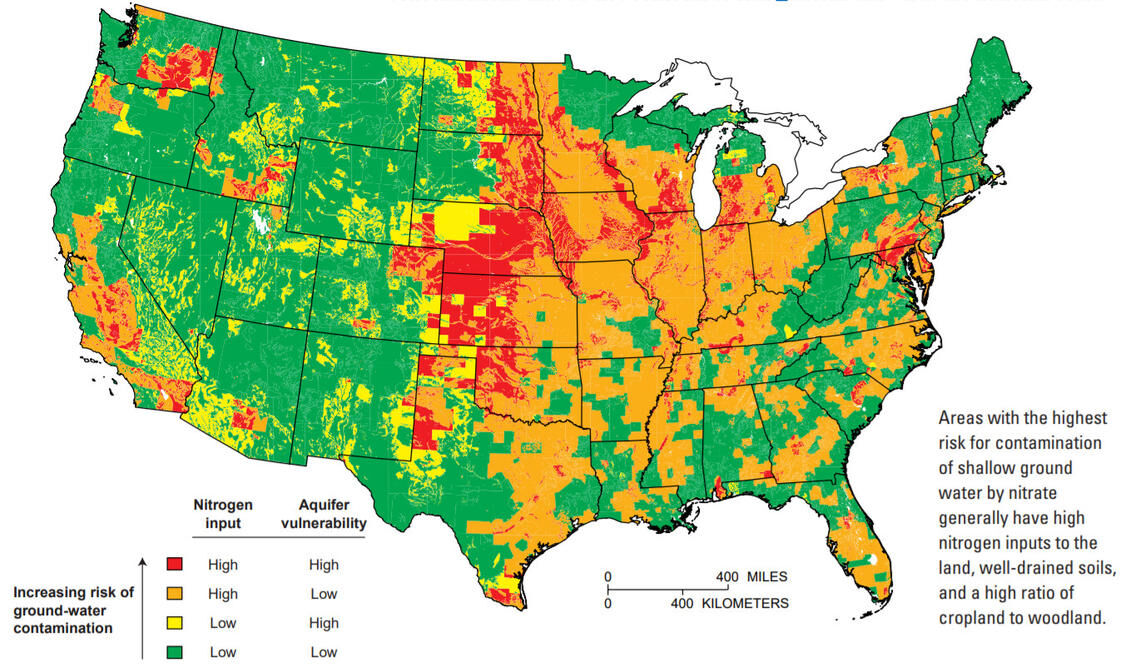
Over time, groundwater can be contaminated through surface runoff — in which contaminated water from rain or snow seeps into the soil and contaminates the well’s water supply. These contaminants can come from natural and human-caused sources. If you live in an area with a higher risk for groundwater contamination, it’s likely your well water is not safe for use.
How to make well water safe to drink
On top of the health concerns discussed, well water has common annoyances as well. Sulfur can cause water to have an awful rotten-egg smell, iron can cause rust on appliances and stain clothing, and hard water that’s full of sediment leaves spots on dishes and shower walls.
To address these issues and make your well water safe to drink, here’s what you can do:
1. Use a well water filter
There are filtration systems designed specifically for wells. These well water systems run the water through a series of steps including ultraviolet (UV) filtration that sterilizes bacteria, viruses, and cysts and filtration that catches sediment, rust, and silt. This is the best method for making well water safe to drink.
WHOLE HOUSE WATER FILTER
Rhino® Well Water with UV
Protects from bacteria, viruses, cysts, and other contaminants commonly found in well water. Lasts for 5 years or 500,000 gallons.
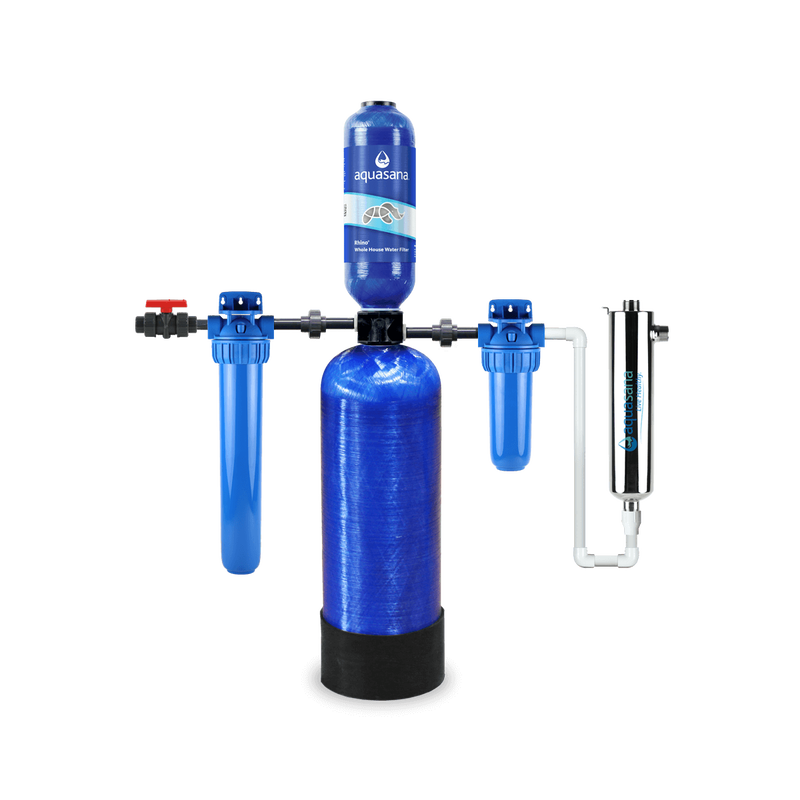
You may also wish to use a water softener or conditioner to address hard water that is sometimes an issue with private wells. This is helpful for internal pipes and plumbing, and for reducing those spots on dishes and shower walls but can be wasteful and bad for the environment. Aquasana offers both options depending on your preference. We offer a water softener in a 40,000 and 60,000 capacity to suit homes of any size, and our softeners are IAPMO certified to NSF/ANSI Standard 44 for the reduction of hardness. If you prefer a conditioner so you don't have to deal with salt replacements, our Salt-Free Water Conditioner offers exceptional performance and a capacity of 1,000,000 gallons or up to 10 years.
2. Distill your well water
Water is boiled and the steam is trapped in a separate container. This process separates the water from solid contaminants. While this process can treat well water, it can also negatively affect taste and health because it removes beneficial minerals and nutrients.
3. Use chemicals to disinfect well water
Certain chemicals, including chloramines and chlorine, are used to rid the water of bacteria. In the process, though, people will likely consume chlorine and chloramine. These chemicals, over a long period of time, could cause health concerns of their own. As such, while this method does treat well water — we would not recommend this method over the options above.
Our top recommendation would be to invest in a whole house water filter system designed for wells, as that will provide clean water from every faucet in your home.
